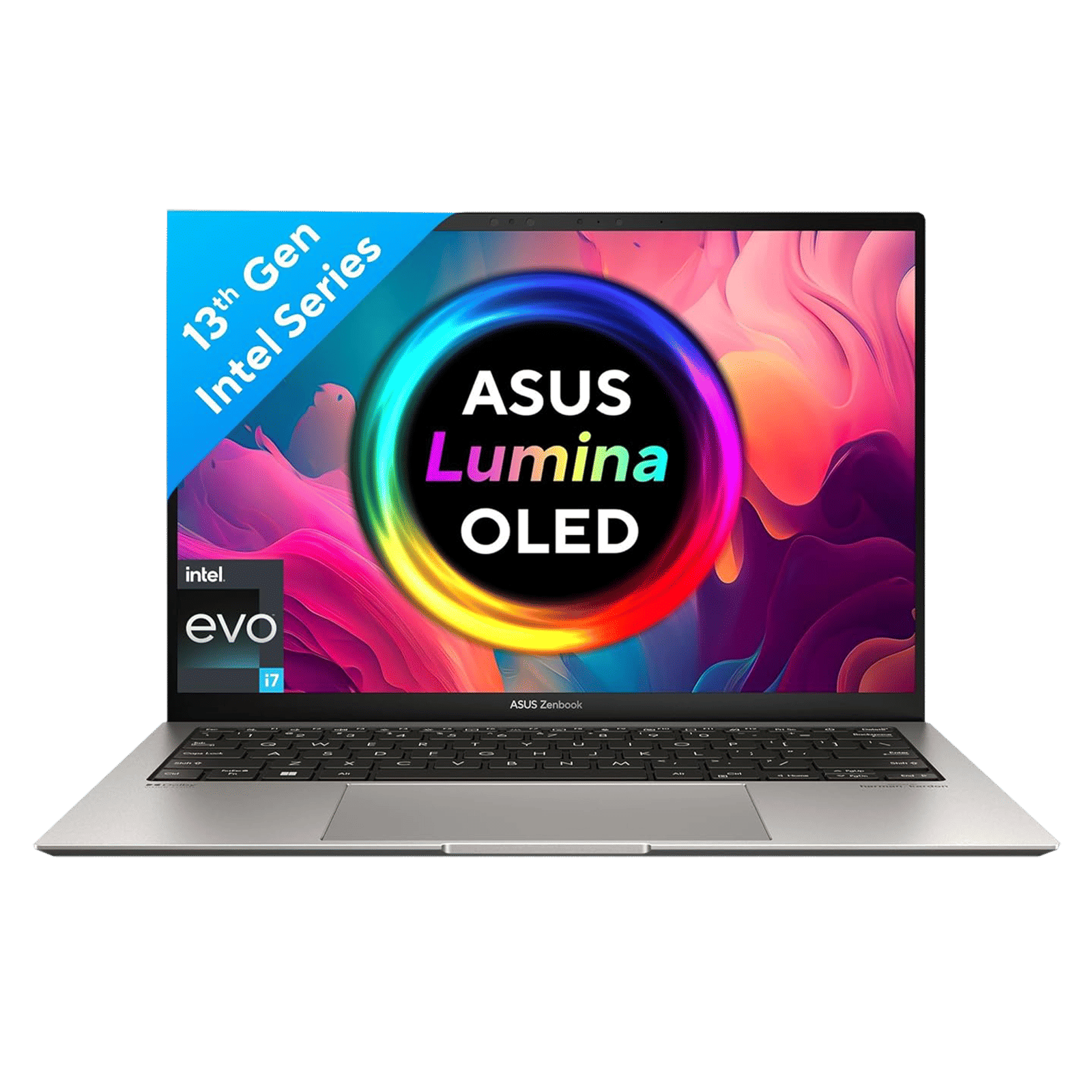Having the right kind of camera and clicking a photo is only part of the process. Hardly anyone – whether a professional or an amateur photographer – presents their work to the world without giving it some manner of touch-ups using photo-editing software. Such software strip away imperfections in a photograph, and bring to the fore what the photographer intended to capture.
But these photo-editing software can only do their job when teamed up with the appropriate hardware. Just like there is software for every skill level, there are hardware choices for everyone from beginners to seasoned professionals. So how does one choose the right hardware for photo editing? Read on.
Can I choose a laptop over a desktop for photo editing?
Traditionally, photographers and editors have leaned towards desktops for their editing needs. But over time, laptops have bridged the gap by offering high-end, desktop-grade power in their compact form factor.
ALSO READ: 5 vibrant laptops to help you stand out in the crowd
Today, you can get a high-end laptop with 4K screens, more than enough power to do heavy-duty photo editing, all the ports you need and more in a package that weighs less than 5 kg. This allows you to take your work with you and not be chained to your work desk. So yes, you can choose a laptop over a desktop for photo editing.
What to keep in mind when buying a laptop for photo editing?
There are a few things to keep in mind when buying a laptop to edit photos. The following minimum requirements will ensure that whichever photo-editing software you opt for, works smoothly.
Screen: A laptop’s display is the canvas on which all the creative work gets done. Consider opting for a 15-inch screen because it is comfortable to work on, without needing an additional external monitor. Touch screens are an added bonus, but not mandatory.
Resolution: Once you’ve zeroed in on the screen size, it is equally imperative to get the resolution right. For beginner to intermediate-level editing, a full HD (1920 x 1080 pixels) resolution should suffice. Professionals can opt for higher resolutions – 2560 x 1600 pixels, 3200 x 1800 pixels or even 4K Ultra HD.
CPU and GPU: Photo editing requires a lot of processing power, so more the horsepower in your laptop, the better the software runs. Depending on the budget, you should choose from Intel Core i5 and above or AMD Ryzen 7 series processors. It is also recommended to invest in a separate graphics card, as they offload work from the main CPU, allowing you to work faster and more efficiently.
Memory: Of equal importance is RAM, which allows the computer to run multiple processes and instructions without lagging. We recommend a minimum of 8GB RAM for beginners and 16GB RAM and above for professionals.
ALSO READ: Eight ways to decorate and make your laptop look new
Storage: High-quality photographs eat into storage faster than a child eating a pizza, and you wouldn’t want to run out of storage in the midst of an important project. We recommend investing in a Solid-State Drive (SSD), which comes with blazing read and write speeds to help in quickly transferring photos. A minimum storage capacity of 512GB should suffice.
Ports: Some laptops these days sacrifice ports to maintain an ultra-slim profile, so be careful about the model you choose. The more ports on your machine, the easier it is to move photos into your laptop or store them in external storage drives. We recommend a laptop with at least two USB 3.1 or Thunderbolt ports, an HDMI port, and an SD card slot.
Do I need a really powerful laptop for photo editing?
Before you head out to buy a laptop, decide on the kind of photo editing work you plan on doing. As mentioned, there is plenty of hardware on offer to suit beginners, intermediates and professionals. So your choice of laptop depends on your skill levels and goals.
Unleash your inner geek with Croma Unboxed
Subscribe now to stay ahead with the latest articles and updates
You are almost there
Enter your details to subscribe

Happiness unboxed!
Thank you for subscribing to our blog.
Disclaimer: This post as well as the layout and design on this website are protected under Indian intellectual property laws, including the Copyright Act, 1957 and the Trade Marks Act, 1999 and is the property of Infiniti Retail Limited (Croma). Using, copying (in full or in part), adapting or altering this post or any other material from Croma’s website is expressly prohibited without prior written permission from Croma. For permission to use the content on the Croma’s website, please connect on contactunboxed@croma.com
- Related articles
- Popular articles















Sambit Satpathy
Comments